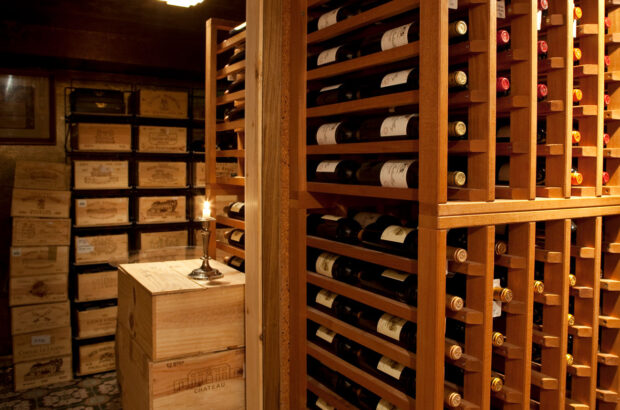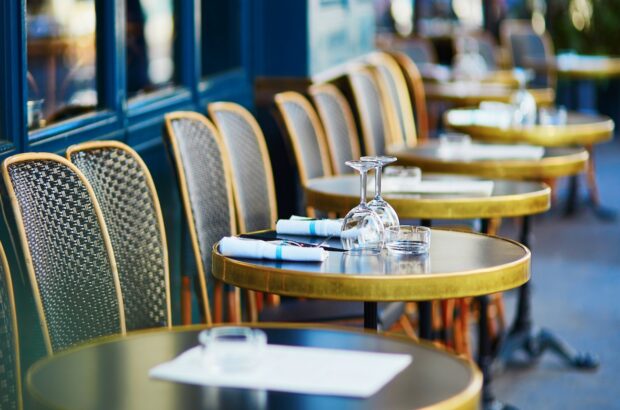April showers hit the Chile 2016 vintage, with some producers describing conditions as more like those on France's Atlantic coast and overall production down by a fifth versus 2015.
First look: Chile 2016 vintage
With wine regions spanning over 1000km, the Chile 2016 vintage was always going to have regional variation.
But, most areas experienced a cooler and wetter year, with some reporting high humidity. This resulted in lighter wines and a 20% drop in production versus 2015.
Less than 1bn litres of wine is expected to be made from 2016 – the lowest total since 2010 – although producers were excited about the fresher characteristic of the young wines.
Central Valleys
The central valleys of Maipo, Cachapoal, Colchagua and Curico saw a cooler-than-normal growing season and April rains, which followed the El Niño weather cycle.
‘It was a totally different vintage because of the El Niño affect,’ said VIK winemaker Patrick Valette in Cachapoal.
‘It is not a common vintage, it is more of a Bordeaux vintage in concept rather than a typical Chilean year. The average temperatures are much lower and the harvest was delayed.’
Over the Andes mountains, the Argentina 2016 wine harvest was also troubled by El Niño, and particularly Mendoza.
In Chile’s central valleys, late maturation meant that many producers still had their later-ripening fruit hanging when 200mm of rain fell within three days in mid-April.
A cold snap followed, causing a strategical nightmare for larger producers who couldn’t bring all the fruit in fast enough.
Coastal vineyards: A good year for rosé and white wines

Mist lingers over Casablanca Valley vineyards. Credit: Amanda Barnes.
By the coast, extra humidity made attentive vineyard management fundamental to success.
‘Maturity has been very slow,’ said Pablo Morande, winemaker at RE in Casablanca. ‘We had lots of humidity in the mornings, and some varieties were more susceptible to fungus and attacks of odium.
‘There is less alcohol and a stronger acidity, I think it is a very good year for rosé and whites.’
Further north: Limari, Huasco & Elqui
Further north in the drought-prone regions of Limari, Huasco and Elqui, the additional water was a blessing – as was the warm summer that followed.
‘Limari had lots of snow so everyone was very happy there was water,’ said De Martino winemaker Marcelo Retamal. ‘It was a great year for Pinot and Chardonnay.’
Related Content:
More popular content on Decanter.com:

El Nino hampers Argentina’s 2016 wine harvest

Anson on Thursday: Benchmark wines from Chile

Exciting Chilean white wines: 11 to try
Chile's winemakers are going to extremes in a quest for enhanced complexity and quality in their white wines.

French winemakers threaten Tour de France blockade over Chilean wine deal
Winemakers in Languedoc-Roussillon plan to 'block' the Tour...






